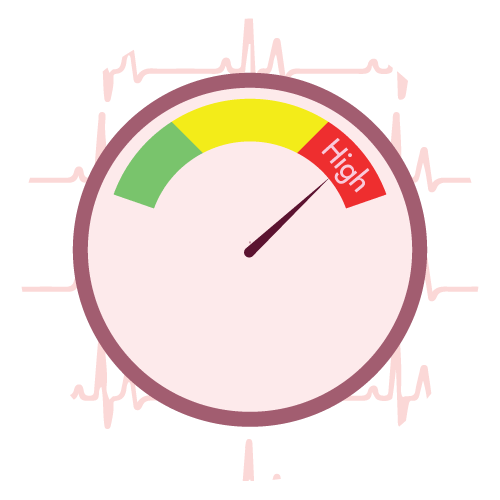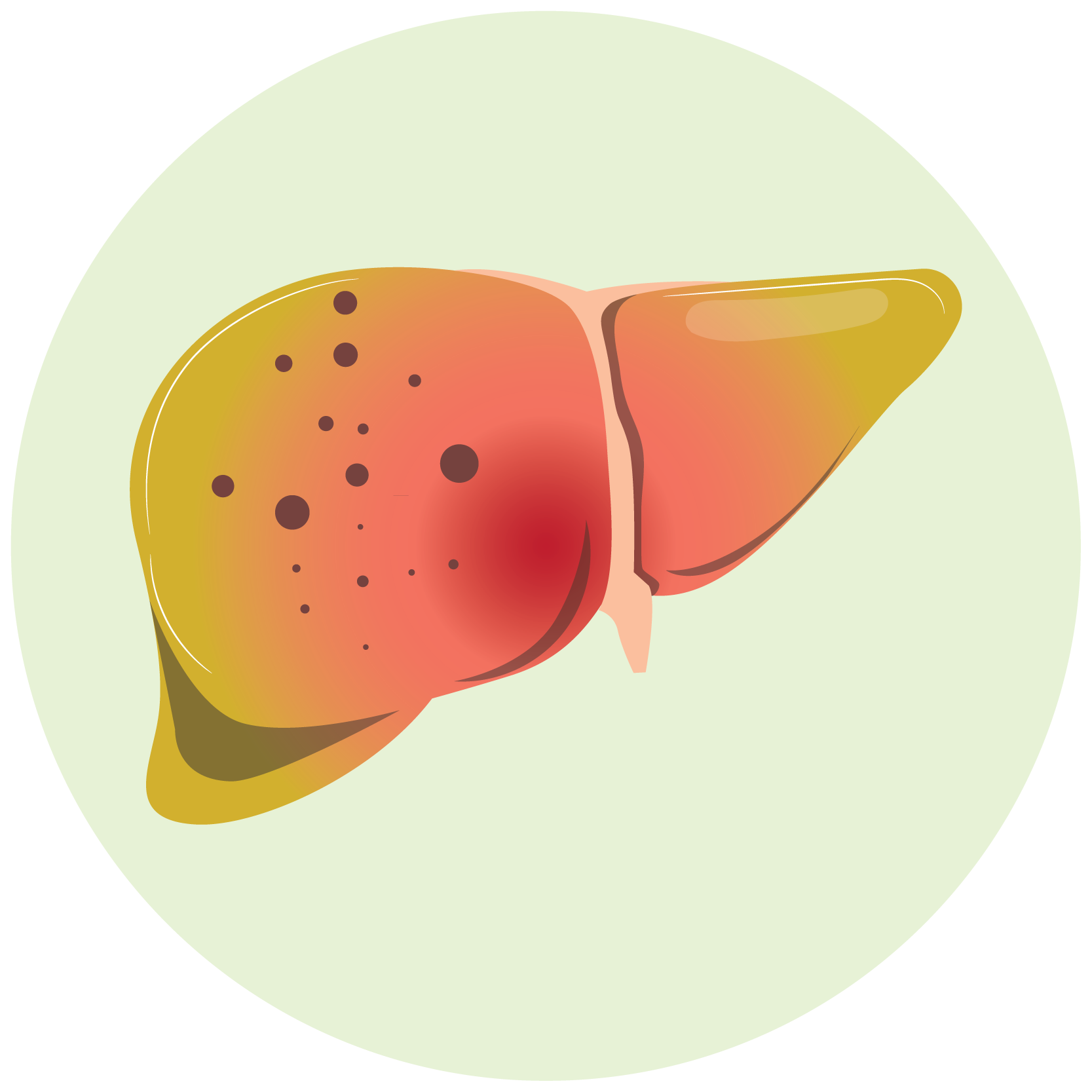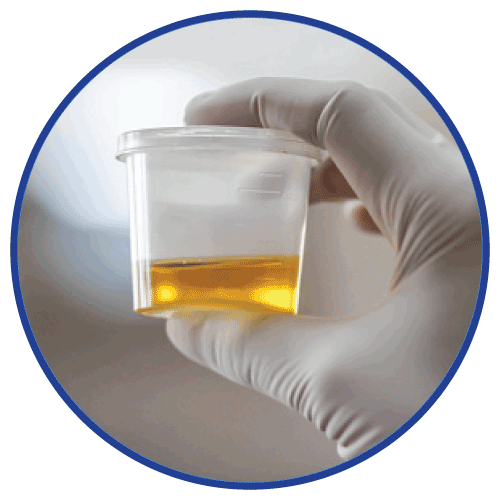Medicine details
| Image |  |
| Name | Frusin 40 |
| Dosage | Tablet |
| Generic Name | Frusemide |
| Classes |
Cardiovascular Agent Diuretic Loop Diuretic |
| Diseases |
Cardiovascular Disease Congestive Heart Failure (CHF) Edema Kidney Disease Liver Cirrhosis |
| Company | Opsonin Pharma Limited |
Drug Package Details
| Strength | 40 mg |
| Storage Condition | |
| Origin Country | Bangladesh |
| Commercial Pack | 100 |
| Price per pack | ৳ 53.00 |
| Cost per pack | ৳ 46.64 |
| Package unit | 10 tabs strip |
| Price per unit | ৳ 0.53 |
| Cost per unit | ৳ 0.47 |
| Discount | 0 |
| Coupon | |
| Remarks |
Frusemide
Frusemide/Furosemide is a diuretic which is an anthranilic acid derivative. Furosemide is a white to off-white odorless crystalline powder.
Furosemide is indicated for the following health conditions-
- Edema: associated with congestive heart failure, cirrhosis of the liver, and renal disease, including the nephrotic syndrome. Furosemide is particularly useful when an agent with greater diuretic potential is desired.
- Hypertension: Hypertensive patients who cannot be adequately controlled with thiazides will probably also not be adequately controlled with furosemide alone.
Furosemide is available as white tablets for oral administration in dosage strengths of 20, 40 and 80 mg.
Edema:
- Adults
The usual initial dose of Furosemide is 20 to 80 mg given as a single dose. Ordinarily a prompt diuresis ensues. If needed, the same dose can be administered 6 to 8 hours later or the dose may be increased. The dose may be raised by 20 or 40 mg and given not sooner than 6 to 8 hours after the previous dose until the desired diuretic effect has been obtained. The individually determined single dose should then be given once or twice daily (e.g., at 8 am and 2 pm). The dose of Furosemide may be carefully titrated up to 600 mg/day in patients with clinically severe edematous states. - Pediatric patients
The usual initial dose of oral Furosemide in pediatric patients is 2 mg/kg body weight, given as a single dose. If the diuretic response is not satisfactory after the initial dose, dosage may be increased by 1 or 2 mg/kg no sooner than 6 to 8 hours after the previous dose. Doses greater than 6 mg/kg body weight are not recommended. For maintenance therapy in pediatric patients, the dose should be adjusted to the minimum effective level.
Hypertension:
Adults
The usual initial dose of Furosemide for hypertension is 80 mg, usually divided into 40 mg twice a day. Dosage should then be adjusted according to response.
Side effects associated with the use of furosemide are-
- Hepatic encephalopathy in patients with hepatocellular insufficiency
- Oral and gastric irritation
- Pancreatitis
- Jaundice
- Liver dysfunction
- Dizziness
- Headache
- Anemia
- Eosinophilia
- Furosemide is a potent diuretic which, if given in excessive amounts, can lead to a profound diuresis with water and electrolyte depletion. Therefore, careful medical supervision is required and dose and dose schedule must be adjusted to the individual patient’s needs.
- When doses exceeding 80 mg/day are given for prolonged periods, careful clinical observation and laboratory monitoring are particularly advisable.
- In patients with hepatic cirrhosis and ascites, Furosemide therapy is best initiated in the hospital. In hepatic coma and in states of electrolyte depletion, therapy should not be instituted until the basic condition is improved. Sudden alterations of fluid and electrolyte balance in patients with cirrhosis may precipitate hepatic coma; therefore, strict observation is necessary during the period of diuresis.
- If increasing azotemia and oliguria occur during treatment of severe progressive renal disease, Furosemide should be discontinued.
- Cases of tinnitus and reversible or irreversible hearing impairment and deafness have been reported.
Contraindication
Furosemide is contraindicated in patients with a history of hypersensitivity to furosemide.
Furosemide is contraindicated in patients with anuria.









 Bangla
Bangla English
English